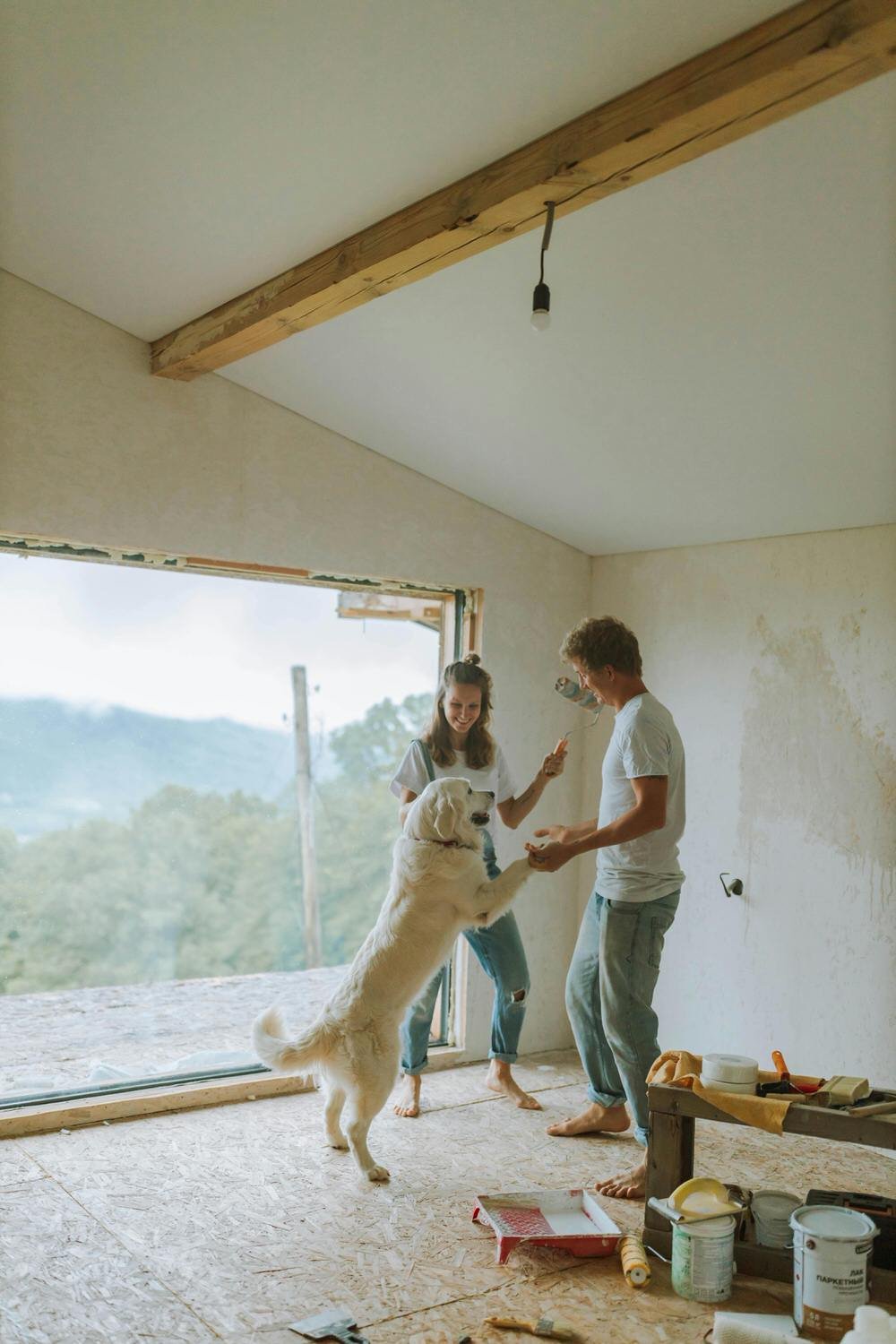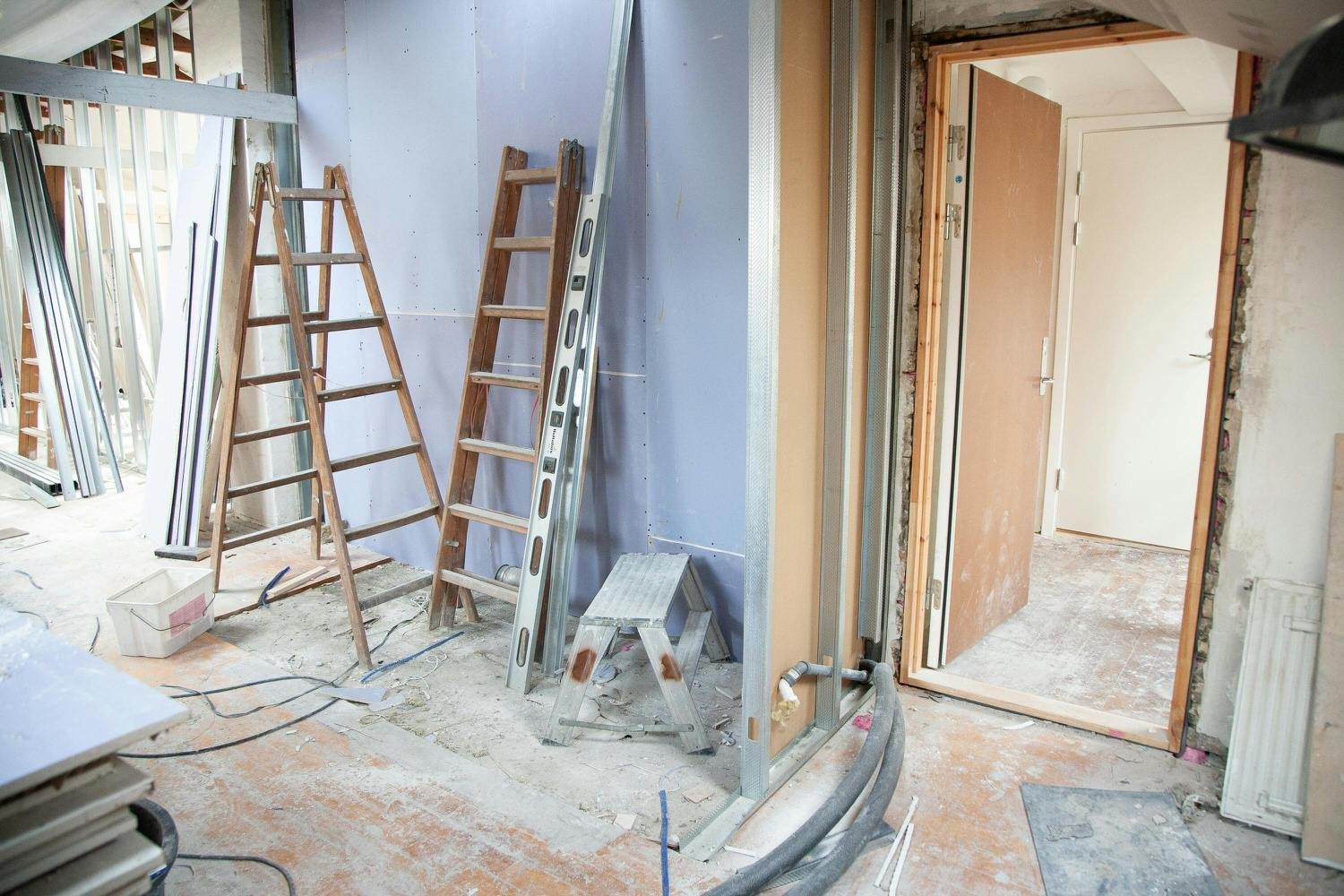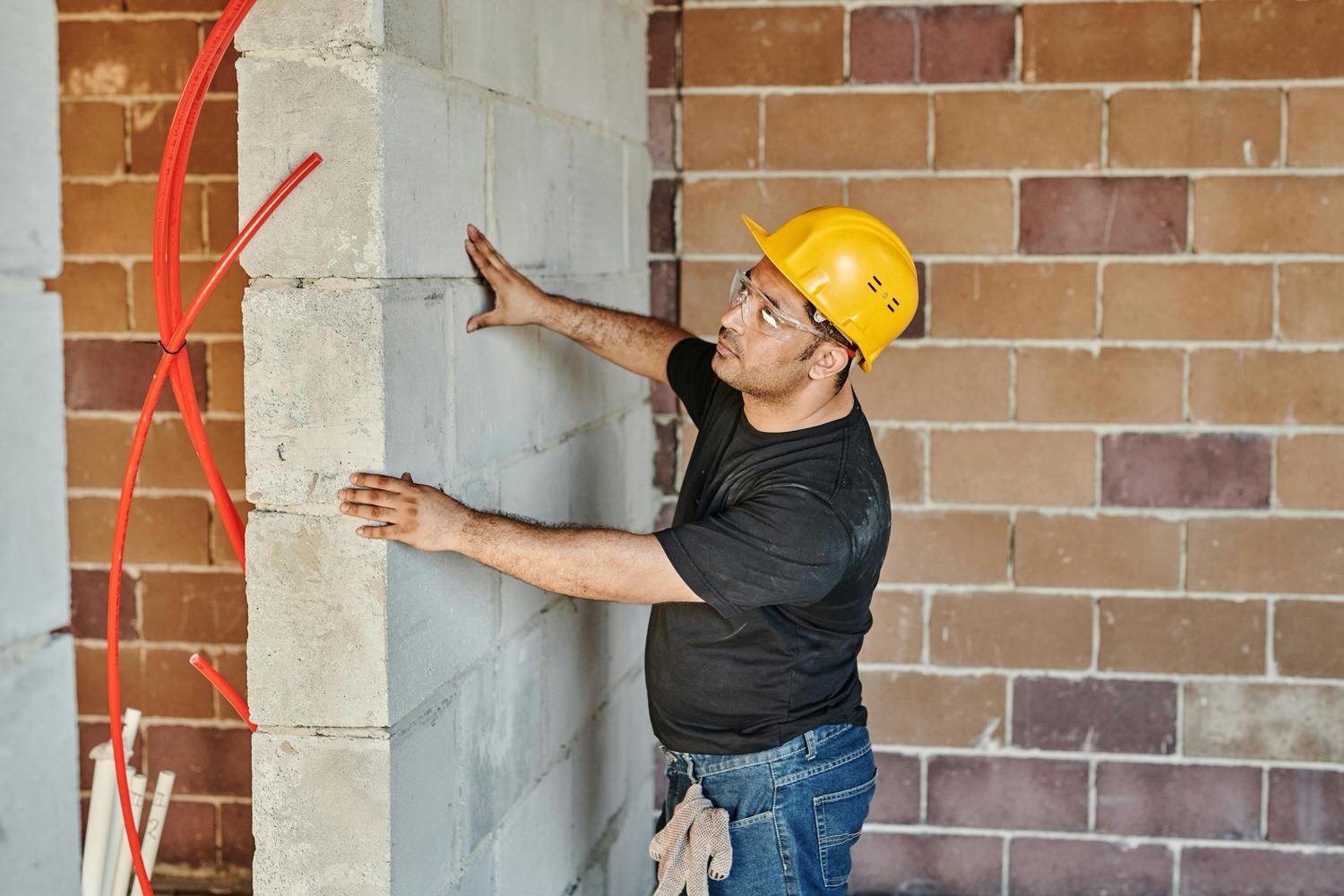Renovating your home is exciting, isn’t it? You’re finally making those changes you’ve dreamed about. But while the process can be rewarding, it’s also full of potential pitfalls. Don’t worry—this isn’t about scaring you off. It’s about helping you steer clear of some common mistakes that can cause unnecessary headaches. Ready to dive in?
- Skipping a Dumpster Rental
Let’s start with something that’s often overlooked: where’s all that construction debris going to go? Without a proper dumpster rental from Waste Removal USA, you’re left with piles of waste cluttering your driveway or yard. Sure, you might think, “I’ll just take it to the dump myself,” but the time and effort add up quickly. Renting a dumpster is a simple way to keep your space clean and avoid multiple trips to dispose of materials. Plus, it keeps the project running smoothly without waste getting in your way.
- Not Setting a Realistic Budget
Renovation costs can spiral out of control faster than you’d think. That dream kitchen might look amazing, but are you factoring in hidden costs like plumbing updates or electrical rewiring? Always build a contingency fund—around 10-15% of your budget—for unexpected expenses. This way, if something does come up (and it usually does), you’re prepared and not scrambling for extra cash.
Tips for Setting a Realistic Renovation Budget
- Break Down Costs – Create a detailed list of all expenses, including materials, labor, permits, and any professional services like design or project management. This gives you a clear picture of where your money will go.
- Research Average Costs – Look up the typical costs for the type of renovation you’re doing in your area. Prices can vary greatly depending on location, so knowing local rates helps you avoid underestimating expenses.
- Get Multiple Quotes – Don’t settle for the first estimate you get. Compare quotes from at least three contractors or suppliers to ensure you’re getting fair pricing without compromising on quality.
- Account for Hidden Costs – Renovations often come with surprises, like outdated wiring, plumbing issues, or structural repairs. Plan for these by adding a contingency fund of at least 10-15% to your budget.
- Be Realistic About DIY – While doing some work yourself can save money, it’s important to factor in the cost of tools, materials, and potential mistakes that might require professional fixes later.
- Track Spending Closely – Once your project begins, keep a detailed record of all expenses to ensure you’re staying within budget. Adjust as needed, but don’t dip into your contingency fund unless absolutely necessary.
- Prioritize Your Must-Haves – Focus on the most important parts of your renovation and allocate your budget accordingly. It’s better to do fewer things well than to spread yourself too thin and compromise quality.

- Overlooking Permits
Permits might seem like a hassle, but skipping them can lead to costly fines or even having to undo work. Check with your local government about what’s required for your project. Even smaller changes, like adding a deck, often need approval. Yes, the paperwork can feel tedious, but it’s a lot easier than dealing with legal troubles down the line.
- Ignoring the Importance of a Timeline
Renovations always take longer than expected, don’t they? But that doesn’t mean you shouldn’t set a clear timeline. Without one, your project can drag on indefinitely. Work with your contractor (or yourself if it’s DIY) to create a realistic schedule that accounts for delays, weather issues, and delivery times for materials. It keeps everyone on the same page and helps avoid frustration.
- Choosing the Cheapest Materials
It’s tempting to cut costs by opting for budget materials, but this can backfire. Cheaper doesn’t always mean better—it often means you’ll need to replace things sooner, costing you more in the long run. For example, low-quality flooring might save you money upfront, but it could scratch or wear down quickly. Always aim for a balance between affordability and durability.
- Trying to Do Everything Yourself
Let’s talk DIY. While rolling up your sleeves can save money, there’s a fine line between being handy and taking on more than you can handle. Electrical work, plumbing, and structural changes are best left to professionals. Attempting these without proper knowledge isn’t just risky—it can also end up costing more to fix if something goes wrong. Focus on the tasks you’re confident in, and bring in the pros for the rest.

- Forgetting About Functionality
It’s easy to get caught up in the aesthetics. Who doesn’t want a Pinterest-worthy home? But if your beautiful new design doesn’t work for your lifestyle, you’ll regret it. For instance, adding a trendy kitchen island might look great, but if it disrupts the flow of your space, it’s not worth it. Always consider how you’ll use the space day-to-day before making big changes.
- Neglecting Proper Planning
This might sound obvious, but you’d be surprised how many homeowners dive into renovations without a solid plan. Rushing in without understanding the scope of the work can lead to miscommunication with contractors, wasted materials, and missed opportunities to optimize your space. Take the time to map out every detail, from layout and materials to timelines and budgets. A well-thought-out plan is your renovation’s backbone.
Home renovations are no small feat, but avoiding these common mistakes can make the process a whole lot smoother. Whether it’s renting a dumpster to manage debris, planning every detail, or bringing in professionals for the tough stuff, each step helps ensure your project stays on track. So, take a breath, do your homework, and enjoy watching your vision come to life.

